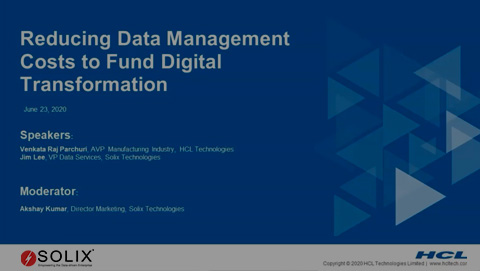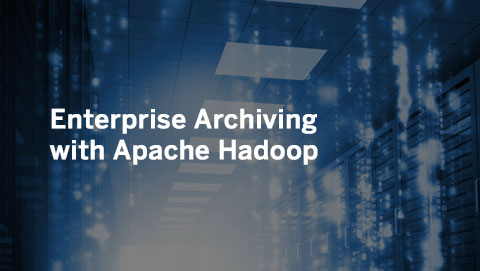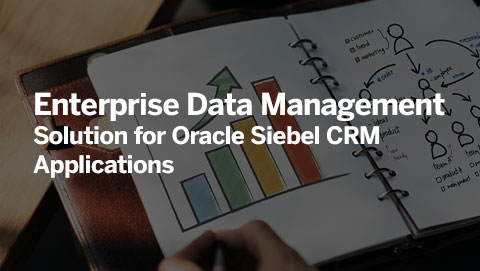Stream Processing
What is Stream Processing
Stream processing is the real-time processing of data as it arrives, in contrast to batch processing, which analyzes data in chunks at defined intervals. This allows for immediate insights and actions based on the data stream, making it crucial for various applications requiring real-time decision-making and responsiveness.
Why is Stream Processing Important?
Stream processing offers several advantages over traditional batch processing:
- Real-time insights
Analyze data as it arrives, enabling immediate response and action based on the latest information.
- Reduced latency
Gain insights and make decisions faster, minimizing delays between data generation and utilization.
- Improved resource utilization
Process data continuously, avoiding the need for large storage requirements associated with batch processing.
- Scalability
Easily handle large and ever-growing data volumes by scaling processing resources horizontally.
How Does Stream Processing Work?
Stream processing involves a stream processing engine that ingests data from various sources, processes it in real-time using a stream processing pipeline, and outputs the results to a desired destination.
The pipeline consists of a sequence of operators that perform specific transformations on the data stream. These can include filtering, aggregation, enrichment, and joining data from different sources.
Stream processing engines employ various techniques to handle the continuous nature of data, such as:
- Micro-batching:
Processing data in small batches for efficiency while maintaining near real-time processing.
- Event-time processing:
Processing data based on the timestamp associated with each event in the stream.
- Windowing:
Grouping data into specific time windows for analysis.
Stream Processing Use Cases
Stream processing finds applications in various domains requiring real-time data analysis and action:
- Fraud detection
Analyze financial transactions in real-time to identify and prevent fraudulent activities.
- IoT data analysis
Process sensor data from connected devices for real-time monitoring and anomaly detection.
- Real-time analytics
Analyze website traffic, social media feeds, and other sources for immediate insights and marketing strategies.
- Predictive maintenance:
Analyze sensor data from machines to predict potential failures and prevent downtime.
- Stock market analysis:
Analyze real-time stock market data for informed investment decisions.
Differences between Stream and Batch Processing
| Feature | Stream Processing | Batch Processing |
|---|---|---|
| Processing Style | Processes data as it arrives (real-time) | Processes data in batches |
| Latency | Low (results available immediately) | High (results available after processing the entire batch) |
| Resource Usage | Less efficient for large datasets, requires constant processing power | More efficient for large datasets, utilizes resources during low-demand |
| Use cases | Fraud detection, sensor data analysis, social media monitoring | Data warehousing, payroll processing, report generation |
By enabling real-time analytics and insights generation, stream processing empowers businesses to make data-driven decisions faster, improve operational efficiency, and gain a competitive edge.
FAQs
Is stream processing replacing batch processing?
No, stream processing is not necessarily replacing batch processing. Instead, they are complementary techniques that can be used together. Stream processing is ideal for real-time data analysis, while batch processing is better suited for historical data analysis and tasks that require more complex computations.
What are the security considerations for stream processing?
Security is an important consideration for stream processing systems, as they handle real-time data that may be sensitive. It’s important to ensure that data streams are authenticated and authorized to prevent unauthorized access or manipulation. Additionally, stream processing systems should be designed to be resilient to failures and attacks.





